Grow Mushrooms at Home – imagine harvesting fresh, delicious mushrooms right from your own kitchen! Forget those expensive grocery store prices and questionable origins. This isn’t just a gardening project; it’s a culinary adventure waiting to happen. For centuries, cultures around the globe have revered mushrooms, not only for their unique flavors but also for their medicinal properties. From ancient Chinese emperors seeking longevity elixirs to modern-day chefs crafting gourmet dishes, mushrooms have held a special place in our hearts (and stomachs!).
But let’s be honest, the thought of cultivating fungi can seem a little intimidating. Where do you even begin? That’s where this DIY guide comes in! I’m here to demystify the process and show you how surprisingly easy it is to grow mushrooms at home, even if you have zero gardening experience. We’ll explore simple, cost-effective methods that require minimal space and effort.
Why should you embark on this fungal journey? Because fresh, homegrown mushrooms taste infinitely better than anything you can buy in a store. Plus, you’ll know exactly what went into growing them – no pesticides, no mystery ingredients, just pure, earthy goodness. So, are you ready to unlock the secrets of mushroom cultivation and transform your kitchen into a mini-farm? Let’s get started!
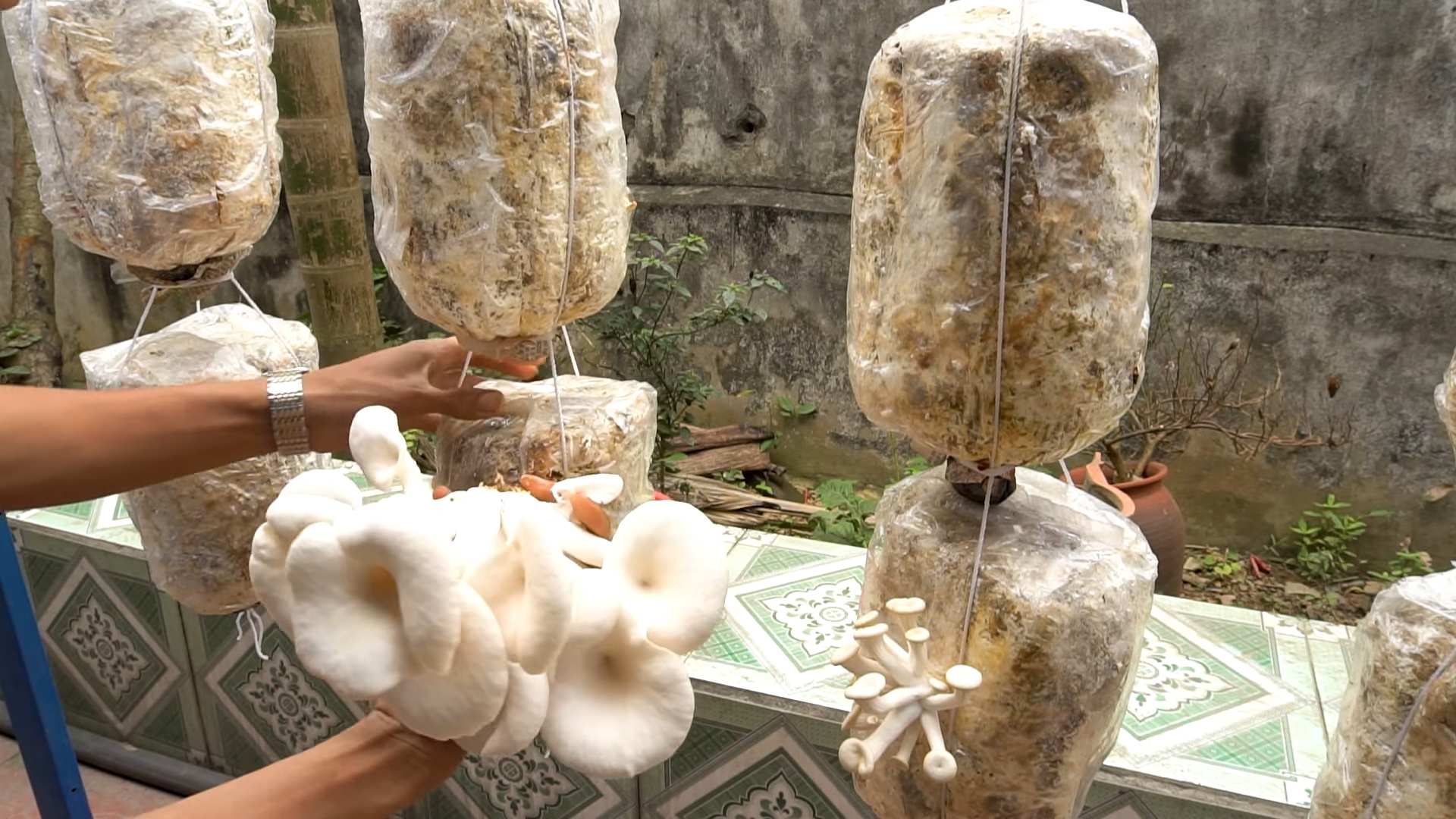
Grow Your Own Gourmet Mushrooms at Home: A Beginner’s Guide
Hey there, fellow fungi enthusiasts! Ever dreamt of harvesting your own delicious mushrooms right in your kitchen? Well, dream no more! Growing mushrooms at home is surprisingly achievable, even for beginners. It might seem intimidating at first, but with a little patience and the right guidance, you’ll be enjoying fresh, homegrown mushrooms in no time. This guide will walk you through the process, step-by-step, focusing on a simple and effective method using readily available materials.
Choosing Your Mushroom Variety
Before we dive in, let’s talk about which mushrooms are easiest to grow at home. While there are countless varieties, some are much more forgiving for beginners. I highly recommend starting with:
* Oyster Mushrooms (Pleurotus spp.): These are fast-growing, versatile, and relatively tolerant of variations in temperature and humidity. They come in various colors, like pearl, blue, and pink, adding a touch of visual appeal to your grow.
* Shiitake Mushrooms (Lentinula edodes): While they take a bit longer to fruit than oyster mushrooms, shiitakes are incredibly flavorful and rewarding to grow. They prefer cooler temperatures.
* Lion’s Mane (Hericium erinaceus): This unique-looking mushroom is gaining popularity for its culinary and potential health benefits. It’s a bit more challenging than oysters but still manageable for beginners.
For this guide, I’ll primarily focus on growing oyster mushrooms, as they’re the most beginner-friendly. However, the general principles apply to other varieties as well, with slight adjustments to temperature and humidity requirements.
Gathering Your Supplies
Okay, let’s get our hands dirty! Here’s what you’ll need to get started:
* Mushroom Spawn: This is essentially the “seed” of the mushroom. You can purchase spawn online from reputable mushroom suppliers. It usually comes in the form of grain spawn (rye, wheat, or millet colonized with mushroom mycelium).
* Substrate: This is the material the mushrooms will grow on. For oyster mushrooms, pasteurized straw is an excellent and readily available option. You can also use coffee grounds, hardwood sawdust, or even cardboard.
* Growing Container: A large bucket, plastic tub, or even a grow bag will work. Make sure it’s clean and has drainage holes.
* Large Pot or Container for Pasteurization: Big enough to submerge your chosen substrate.
* Thermometer: To monitor the temperature during pasteurization.
* Spray Bottle: For misting the mushrooms to maintain humidity.
* Gloves: To keep everything sterile and prevent contamination.
* Rubbing Alcohol: For sanitizing surfaces and tools.
* Optional: Humidity Tent: A clear plastic bag or container to create a humid environment.
Step-by-Step Instructions: Growing Oyster Mushrooms on Straw
Now for the fun part! Follow these steps carefully, and you’ll be well on your way to harvesting your own mushrooms.
Phase 1: Preparing the Substrate (Pasteurization)
Pasteurization is crucial to kill off any competing organisms in the straw, giving your mushroom mycelium a head start.
1. Chop the Straw: Cut the straw into smaller pieces, about 2-4 inches long. This makes it easier to pack into the growing container and allows the mycelium to colonize it more efficiently.
2. Soak the Straw: Place the chopped straw in your large pot or container and cover it with water. Let it soak for at least 24 hours. This hydrates the straw, making it more receptive to the mycelium.
3. Pasteurize the Straw: Drain the soaked straw and place it back in the pot. Add fresh water until the straw is submerged. Heat the water to 160-180°F (71-82°C) and maintain this temperature for 60-90 minutes. Use your thermometer to monitor the temperature closely. It’s important not to boil the straw, as this can destroy beneficial nutrients.
4. Drain and Cool: Carefully drain the hot water from the straw. Let the straw cool down to room temperature. This is a critical step, as the mycelium won’t grow in hot substrate. You can spread the straw out on a clean surface to speed up the cooling process. The straw should be moist but not dripping wet. Squeeze a handful of straw; it should feel like a wrung-out sponge.
Phase 2: Inoculating the Substrate
Inoculation is the process of introducing the mushroom spawn to the prepared substrate.
1. Sanitize Your Work Area: Clean your work surface with rubbing alcohol. This helps prevent contamination.
2. Sanitize Your Hands: Wear gloves to avoid introducing bacteria or fungi to the substrate. You can also sanitize your gloves with rubbing alcohol.
3. Layer the Substrate and Spawn: In your growing container, create alternating layers of pasteurized straw and mushroom spawn. Start with a layer of straw at the bottom, then add a layer of spawn, followed by another layer of straw, and so on. Aim for a spawn rate of about 5-10% of the total substrate weight. For example, if you have 10 pounds of straw, use 0.5-1 pound of spawn.
4. Top Layer: Finish with a layer of straw on top.
5. Mix Gently: Gently mix the top layer of straw and spawn to ensure good contact.
6. Cover the Container: Cover the container with a lid or plastic wrap to help retain moisture. Make sure there are some small holes for air exchange.
Phase 3: Incubation
Incubation is the period when the mycelium colonizes the substrate.
1. Find a Suitable Location: Place the inoculated container in a dark, warm location with a temperature of 65-75°F (18-24°C). A closet, basement, or spare room works well.
2. Monitor Colonization: Check the container regularly for signs of mycelial growth. You should see white, fuzzy growth spreading throughout the straw. This is the mycelium colonizing the substrate.
3. Maintain Humidity: If the substrate appears dry, mist it lightly with water using a spray bottle. The goal is to keep the substrate moist but not waterlogged.
4. Patience is Key: The incubation period typically lasts 2-3 weeks, depending on the mushroom variety and environmental conditions. Be patient and avoid disturbing the container too much.
Phase 4: Fruiting
Fruiting is the stage when the mushrooms begin to form.
1. Introduce Light and Fresh Air: Once the substrate is fully colonized (completely covered in white mycelium), it’s time to introduce light and fresh air to trigger fruiting. Move the container to a location with indirect light. Avoid direct sunlight, as it can dry out the substrate.
2. Increase Humidity: Mushrooms need high humidity to fruit properly. Mist the container regularly with water, several times a day. You can also create a humidity tent by placing a clear plastic bag or container over the growing container. Make sure there are some holes in the bag for air exchange.
3. Maintain Temperature: The ideal fruiting temperature for oyster mushrooms is 60-70°F (15-21°C).
4. Watch for Pinning: After a few days, you should start to see small mushroom “pins” forming on the surface of the substrate. These are the baby mushrooms!
5. Harvest Your Mushrooms: The mushrooms will grow rapidly over the next few days. Harvest them when the caps are fully developed but before they start to release spores (you’ll see a powdery substance on the caps). To harvest, simply twist or cut the mushrooms off at the base.
Phase 5: Subsequent Flushes
After harvesting your first flush of mushrooms, you can often get several more flushes from the same substrate.
1. Soak the Substrate: After harvesting, soak the substrate in water for 12-24 hours to rehydrate it.
2. Drain and Repeat: Drain the water and return the container to the fruiting environment.
3. Repeat the Process: Repeat the fruiting process as described above. You can typically get 2-3 flushes of mushrooms from a single substrate block.
Troubleshooting
Even with the best intentions, things can sometimes go wrong. Here are some common problems and how to address them:
* Contamination: If you see green, black, or other colored molds growing on the substrate, it’s likely contaminated. Unfortunately, there’s not much you can do at this point except discard the contaminated substrate. To prevent contamination, always sanitize your work area and tools, and use pasteurized substrate.
* Slow Colonization: Slow colonization can be caused by low temperatures, dry substrate, or poor-quality spawn. Make sure the temperature is within the optimal range, keep
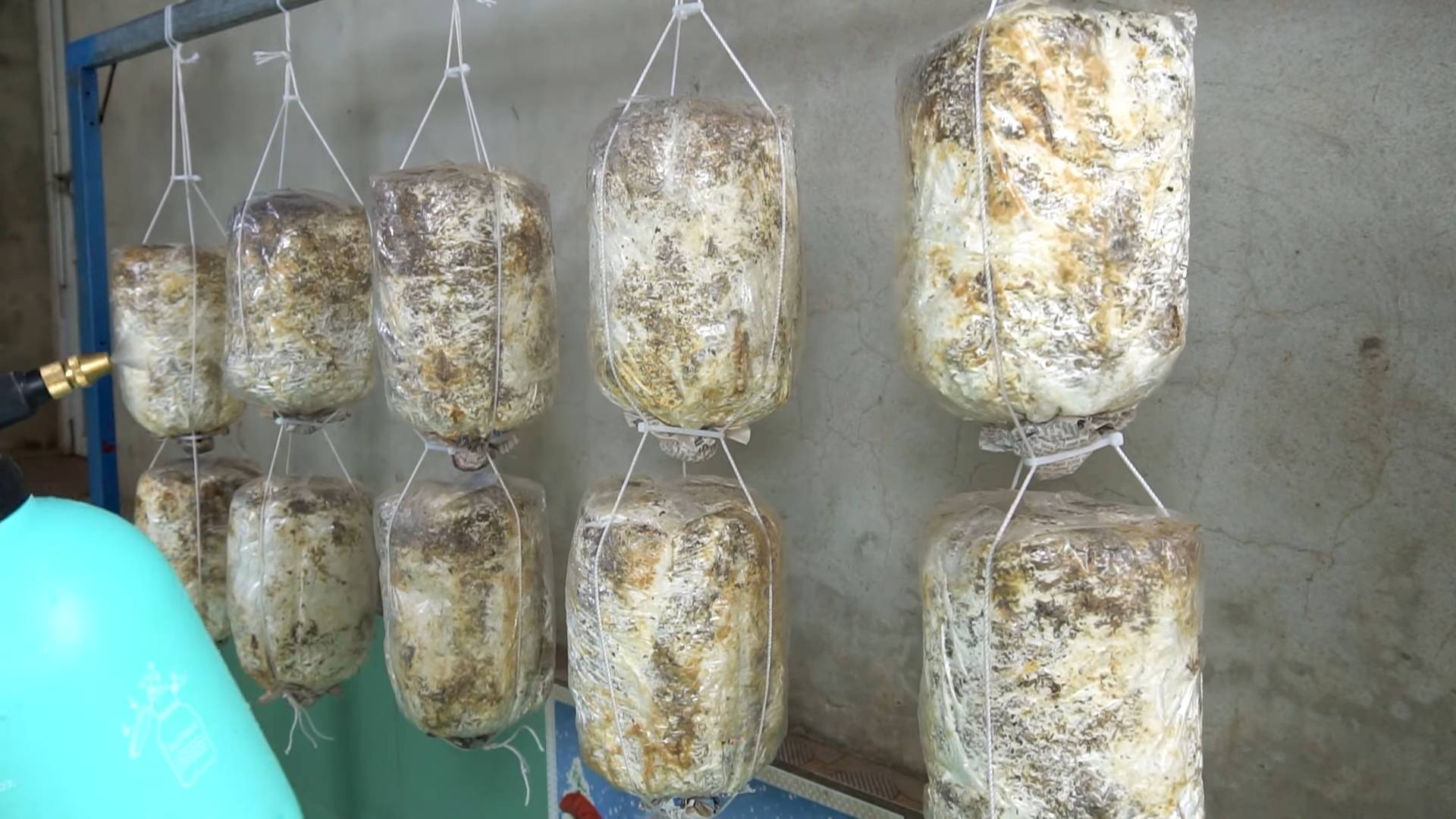
Conclusion
So, there you have it! Cultivating your own mushrooms at home is not only achievable but also incredibly rewarding. From the satisfaction of nurturing life to the unparalleled freshness and flavor of homegrown fungi, this DIY project offers a unique and enriching experience. We’ve walked you through the process, demystifying each step and providing you with the knowledge to embark on your own mushroom-growing adventure.
Why is this a must-try? Because it empowers you to take control of your food source, reduce your reliance on commercially grown produce, and connect with nature in a tangible way. Imagine the pride of serving a dish featuring mushrooms you personally cultivated – a conversation starter and a testament to your resourcefulness. Beyond the culinary benefits, growing mushrooms at home is a fascinating hobby that can spark curiosity and deepen your understanding of the natural world.
But the journey doesn’t end here! Feel free to experiment with different substrates. While we’ve focused on readily available materials like straw and coffee grounds, you can explore other options such as hardwood sawdust or even cardboard. Each substrate will impart a slightly different flavor profile to your mushrooms, allowing you to tailor your harvest to your specific tastes.
Consider also experimenting with different mushroom varieties. Oyster mushrooms are a great starting point due to their ease of cultivation and adaptability, but once you’ve mastered the basics, you can branch out to other varieties like shiitake, lion’s mane, or even wine caps. Each variety presents its own unique challenges and rewards, ensuring that your mushroom-growing journey remains exciting and engaging.
Don’t be afraid to get creative with your growing environment. While a dark, humid space is ideal, you can adapt your setup to suit your available resources. A repurposed closet, a basement corner, or even a shaded outdoor area can all be transformed into a thriving mushroom farm. The key is to maintain consistent temperature and humidity levels, and to provide adequate ventilation.
Ultimately, the success of your mushroom-growing endeavor hinges on your willingness to learn, experiment, and adapt. Don’t be discouraged by initial setbacks – every mistake is an opportunity to learn and improve. Embrace the process, celebrate your successes, and share your knowledge with others.
We wholeheartedly encourage you to try this DIY trick and experience the magic of growing mushrooms at home. It’s a journey of discovery, a celebration of nature, and a delicious way to enhance your culinary creations. And most importantly, we want to hear about your experiences! Share your photos, tips, and stories with us in the comments below. Let’s build a community of mushroom enthusiasts and inspire others to embark on their own fungal adventures. Let us know what worked for you and what challenges you faced. Your insights will be invaluable to other aspiring mushroom growers. So, grab your supplies, prepare your substrate, and get ready to grow mushrooms at home! The world of fungi awaits!
Frequently Asked Questions (FAQ)
What are the easiest types of mushrooms to grow at home for beginners?
Oyster mushrooms are generally considered the easiest to grow for beginners. They are fast-growing, relatively tolerant of variations in temperature and humidity, and can thrive on a wide range of substrates, including straw, coffee grounds, and even cardboard. Shiitake mushrooms are another popular choice, but they require a bit more patience as they take longer to fruit. Wine cap mushrooms are also relatively easy to grow outdoors in wood chip beds.
What kind of space do I need to grow mushrooms at home?
You don’t need a lot of space to grow mushrooms. A small closet, a basement corner, or even a shaded outdoor area can suffice. The key is to find a space that you can keep dark, humid, and well-ventilated. A temperature range of 60-75°F (15-24°C) is ideal for most mushroom varieties. You can use a humidifier to increase humidity and a fan to provide ventilation.
What is the best substrate to use for growing mushrooms at home?
The best substrate depends on the type of mushroom you’re growing. Oyster mushrooms thrive on straw, coffee grounds, and cardboard. Shiitake mushrooms prefer hardwood sawdust. Wine cap mushrooms grow well in wood chip beds. It’s important to properly prepare the substrate before inoculation by pasteurizing or sterilizing it to kill any competing organisms.
How long does it take to grow mushrooms at home?
The time it takes to grow mushrooms varies depending on the variety and the growing conditions. Oyster mushrooms can typically be harvested within a few weeks of inoculation. Shiitake mushrooms take several months to fruit. Wine cap mushrooms may take a year or more to establish a colony and produce mushrooms.
How do I know when my mushrooms are ready to harvest?
Mushrooms are typically ready to harvest when the caps have fully expanded but before they start to drop spores. The edges of the caps may start to curl upwards slightly. The stems should be firm and not mushy. It’s best to harvest mushrooms in the morning, before they have a chance to dry out.
What are some common problems when growing mushrooms at home, and how can I fix them?
Some common problems include contamination, lack of humidity, and insufficient ventilation. Contamination can be prevented by properly sterilizing or pasteurizing the substrate and maintaining a clean growing environment. Lack of humidity can be addressed by using a humidifier or misting the mushrooms regularly. Insufficient ventilation can be improved by using a fan or opening a window.
Can I use spent coffee grounds to grow mushrooms?
Yes, spent coffee grounds are an excellent substrate for growing oyster mushrooms. They are readily available, rich in nutrients, and already partially sterilized by the brewing process. However, it’s important to use fresh coffee grounds and to mix them with other substrates like straw or sawdust to provide a more balanced nutrient profile.
How do I prevent contamination in my mushroom grow?
Preventing contamination is crucial for successful mushroom cultivation. Start by sterilizing or pasteurizing your substrate thoroughly. Work in a clean environment, wearing gloves and a mask. Avoid introducing contaminants by using sterile tools and equipment. Monitor your grow closely for any signs of mold or other unwanted organisms. If you detect contamination, remove the affected area immediately to prevent it from spreading.
Are there any safety precautions I should take when growing mushrooms at home?
While most cultivated mushrooms are safe to eat, it’s important to properly identify them before consumption. Never eat wild mushrooms unless you are absolutely certain of their identity. When handling substrates, wear gloves and a mask to protect yourself from dust and spores. Wash your hands thoroughly after working with mushrooms.
What can I do with my mushroom scraps and spent substrate?
Mushroom scraps and spent substrate can be composted and used as fertilizer for your garden. They are rich in nutrients and beneficial microorganisms that can improve soil health. You can also use spent substrate as mulch around your plants.

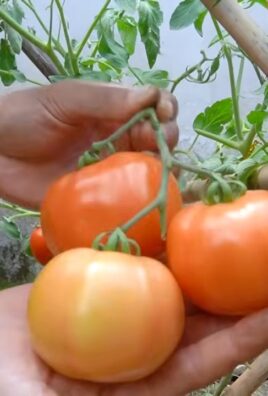
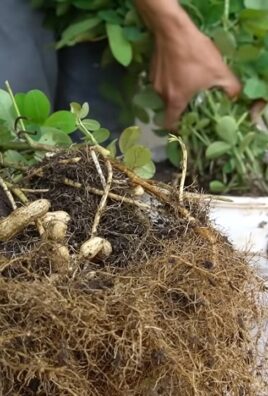
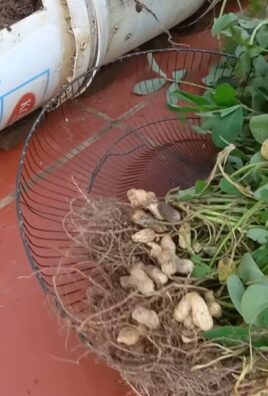
Leave a Comment